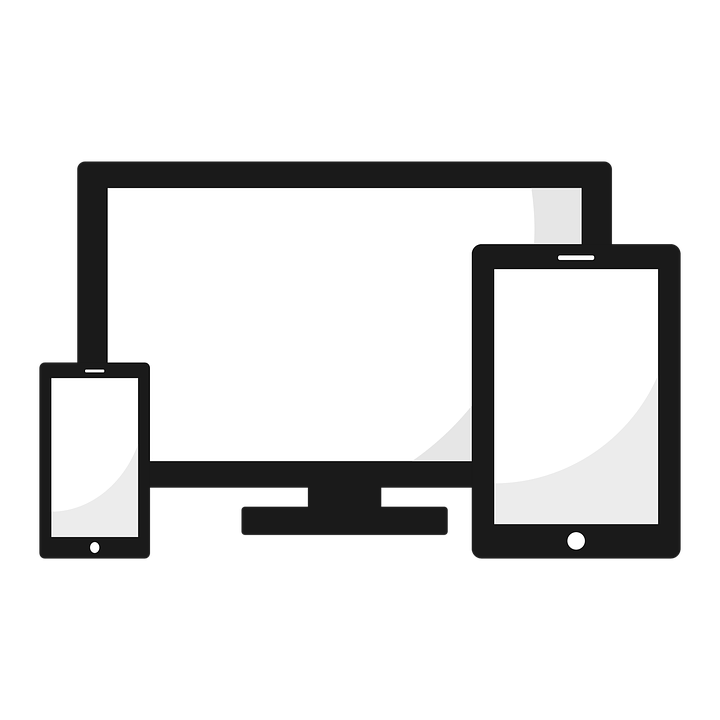Bring Your Own Future
We live in a golden age of technology. The renaissance experienced in the past decade has transformed the world as we know it, allowing for a level of connectivity, discovery, and learning that has never before been experienced in the history of mankind. Smart devices have made their way into nearly every individual’s pocket, kitchen, bedroom, car, and, now, even school. These devices have been implemented into school curriculum across the nation in order to enhance learning in the classroom and connectivity at home. Locally in the past three years, the “Bring Your Own Device” (BYOD) program has been introduced at Air Academy; however, does the actual implementation match the hopeful description on paper?
Skeptics of the BYOD programs cling onto worries of decreased productivity among students. Simply put, these smart devices are intended to allow an individual easy and fast access to the internet, also meaning that students have faster and easier access to social media, apps, YouTube, and more. For every one productive use of a smart device, there are probably a dozen or more unproductive uses, and students take advantage of that. Instead of studying for a math review, that the student can complete at home anyways, the student chooses to log onto Instagram and waste an entire period of class on an “approved device” just because he has the capability. However, prohibition of such activity is nearly impossible.
Air Academy, for example, has implemented “iboss Cybersecurity” to block certain content from the student body, effectively restricting access to unproductive sites and apps that lead students off task. However, it only took a couple of students mere seconds to realize that this couple hundred dollar security program could be bypassed by simply using data instead of the school wifi or by downloading a VPN. Students will always find a way to be unproductive, and many worry that BYOD programs only make it easier.
While that concern may be true to a degree, it is important to realize that loopholes and unproductivity are inherent problems with any program, regardless of what technology is used. Is the use of Snapchat in class today really any different from when students used to pass notes to each other or draw on their notes twenty years ago? The core issue is that students, and frankly people in general, do not have the motivation to be productive and on-task every single hour of every single day for years on end; the methods by which people are unproductive may change, but it is not the issue. It would be naive to deprive an entire generation of students of one of the single greatest creations in all of history because of a few concerns among parents and teachers over unproductivity. The potential harms are inherent; so instead, we should focus on the benefits that modern technology provides.
BYOD programs allow for students to bring their own devices to class and use them as they desire, or as the teacher desires. The ability to use smart devices in the classroom opens up several new possibilities for learning, including accessing the endless databank of knowledge on the Internet, instantaneous sharing and editing of documents with other students, online teacher-led quizzes, videos, note taking, and more. As Air Academy High School Principal Dan Olsen puts it, “enhances the learning” and is “a whole different way of thinking about education.”
The BYOD program allows students to customize their learning and find what works for them and what does not. Smart devices do not replace pen and paper, they only enhance it and add even more possibilities. If a student or teacher still finds that classic paper and pen work best, then they are still able to learn or teach in that way. All BYOD does is make learning modern and new again; and so far, Air Academy has only seen improvements in education.
Over the past three years of the implementation of this program, Principal Olsen has noticed two major trends in what the program does. He says that “1.) Student engagement in the classroom has increased,” and “2.) It expands the ability of teachers and students to connect.” From a student’s perspective, he could not be more correct. While some students remain off task, the vast majority only use their devices to enhance their learning. Students can open up the same PowerPoint up on the board to take notes at their own speed or edit the same document as another student and then turn the assignment in electronically to the teacher. Moreover, the aforementioned issues seem to be working themselves out as students begin to adopt technology into their daily lives and associate smart devices as learning tools. There will always be challenges in any new program; but for the most part, BYOD has been a success.
Mr. Olsen intends to expand the BYOD program even further to work towards getting a device in every student’s hands and to get devices in every classroom. The program is only three years old and still has more obstacles to overcome. Despite this, I do sincerely believe we are on the cusp of an entirely new way of learning that will take the world to places we could only have ever dreamed of before.

My name is Robert Corl and I am a Senior at Air Academy High School. I have been on Air Academy's Speech and Debate team for four years now and have competed...




Megan Reynolds • Apr 17, 2017 at 12:34 pm
I love this article, and the articles title. I believe that the devices throughout a classroom can be both a blessing and a curse to a student. I really like how you were able to bring to light both the pros and cons about BYOD.
Lilliana Hamilton • Apr 17, 2017 at 12:30 pm
You provided some very good insight about BYOD. I believe that technology in the classroom has benefited both students and teachers.
Jonathan Flat • Apr 17, 2017 at 12:27 pm
I’m currently commenting on a personal laptop at school thanks to BYOD!
Whitney Moran • Apr 17, 2017 at 12:18 pm
I think BYOD has transformed AAHS, whether good or bad, it is modern and revolutionary.
Joseph Cordaro • Apr 17, 2017 at 12:13 pm
I believe it has helped me in note taking quite a bit. However, I have noticed some teachers are beginning to no longer teach their students and are just having them take notes from online esources while the teacher sits back and does nothing.
Kennedy Jamieson • Apr 17, 2017 at 12:00 pm
I think there are some very good pro’s and con’s about the BYOD!
Ryn Wayman • Apr 17, 2017 at 11:54 am
I think that byod is a good step into the future.
Cole Pearne • Apr 17, 2017 at 11:50 am
I think that while BYOD can be one big distraction, we have also benefited greatly from what technology offers.